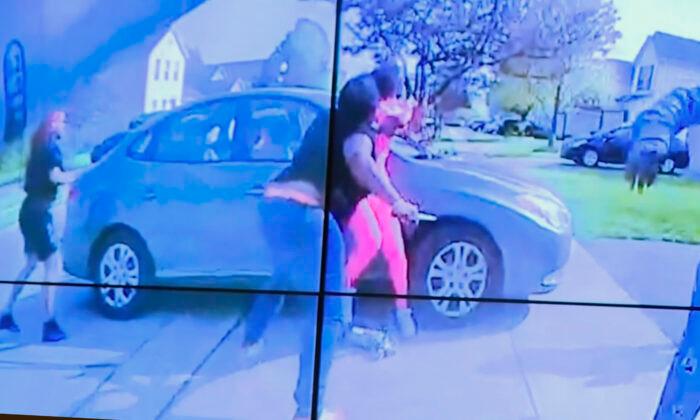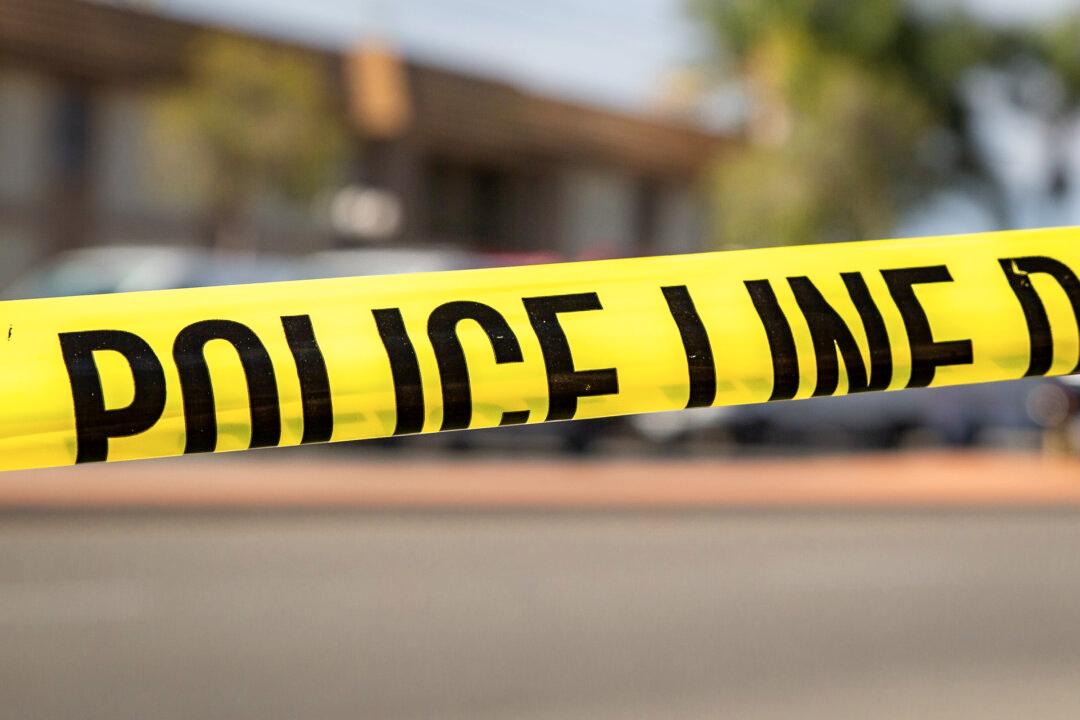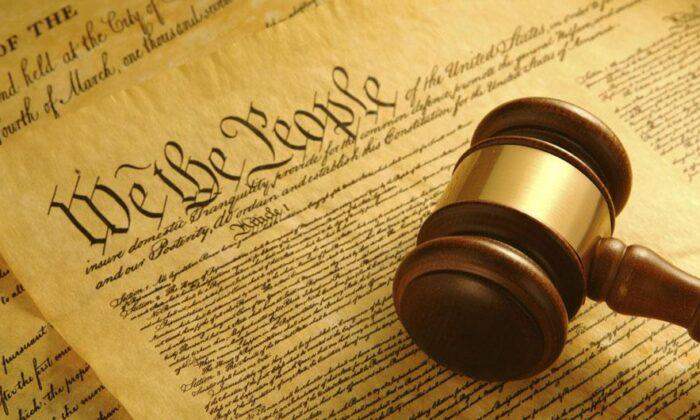Through extensive research, we found 2,699 police shootings across the nation from 2013 to 2015. That’s far more than the FBI found, since its data is limited to only 1,366 cases voluntarily provided by police departments. The FBI data has other shortcomings, too: It disproportionately includes cases from heavily minority areas, giving a misleading picture of the frequency at which blacks are shot.
Our database keeps track of characteristics of both the suspect and the officer involved in each shooting, local violent crime rates, demographics of the city and police department, and many other factors that help determine what causes police shootings.
Officers kill blacks at a higher rate than their share of the population: 25 percent of the suspects killed were black, 45 percent white, and 16 percent Hispanic. As for where the deaths are occurring, black suspects tend to die in heavily black larger cities with populations averaging more than 600,000, while whites are killed in smaller cities with an average population of 250,000.
White suspects were slightly more likely to be holding a firearm than blacks (63 percent to 61 percent). Black and white suspects were both equally likely to be involved in violent crime when they lose their lives at an officer’s hands, though blacks who died were more likely to be involved in drug or property offenses. But police generally have more challenging jobs in cities where blacks are killed. The average city where blacks are killed had a 61 percent higher violent crime rate and 126 percent higher murder rate than where the average white was killed.
After accounting for these and other factors, including averaged cultural differences in police departments, we found that black officers were at least as likely as their white peers to kill black suspects, but that black officers were more likely to kill unarmed blacks than were white officers.
The data offered some clues for how to reduce these fatal incidents. It can’t explain all instances, such as George Floyd’s case in which Floyd resisted arrest by four officers, or possibly the Columbus case when an attack by a knife-wielding suspect was already in process. But, usually, when more police are present at the scene of a confrontation with a suspect, the odds of a fatality decline. There is about a 14 percent to 18 percent reduction in the suspect’s chances of being killed for each additional officer present. Officers feel more vulnerable if they are alone at the scene, making them more likely to use deadly force. Also, suspects may be emboldened and resist arrest when fewer officers are present.
It is a dangerous fiction that prejudiced white officers are going out and disproportionately killing black men. But that doesn’t mean that measures can’t be taken to reduce shootings by police. The most obvious step would be to increase the number of officers responding to a call, to avoid forcing lone, vulnerable officers to make life-or-death decisions.





